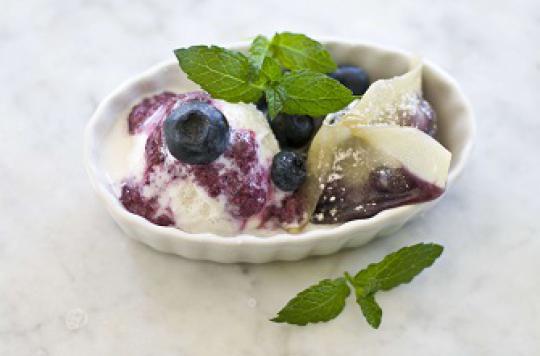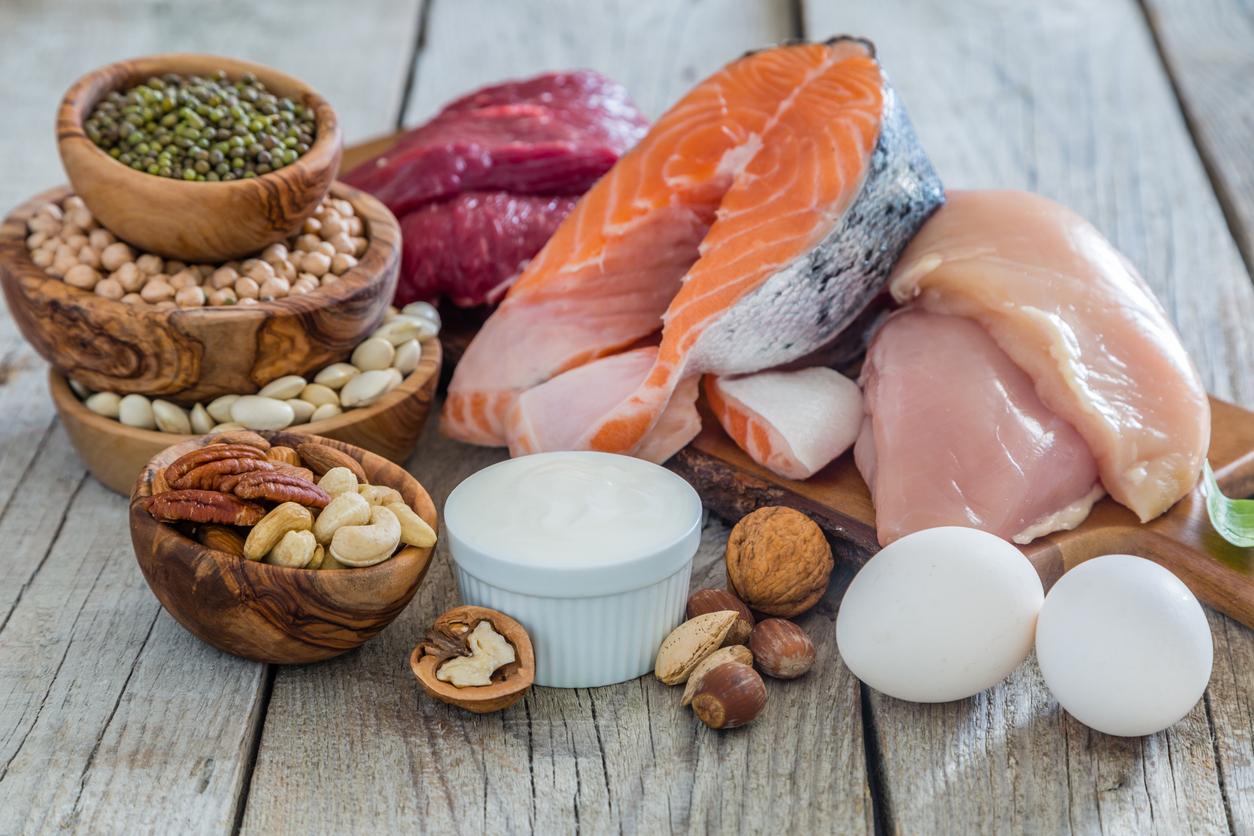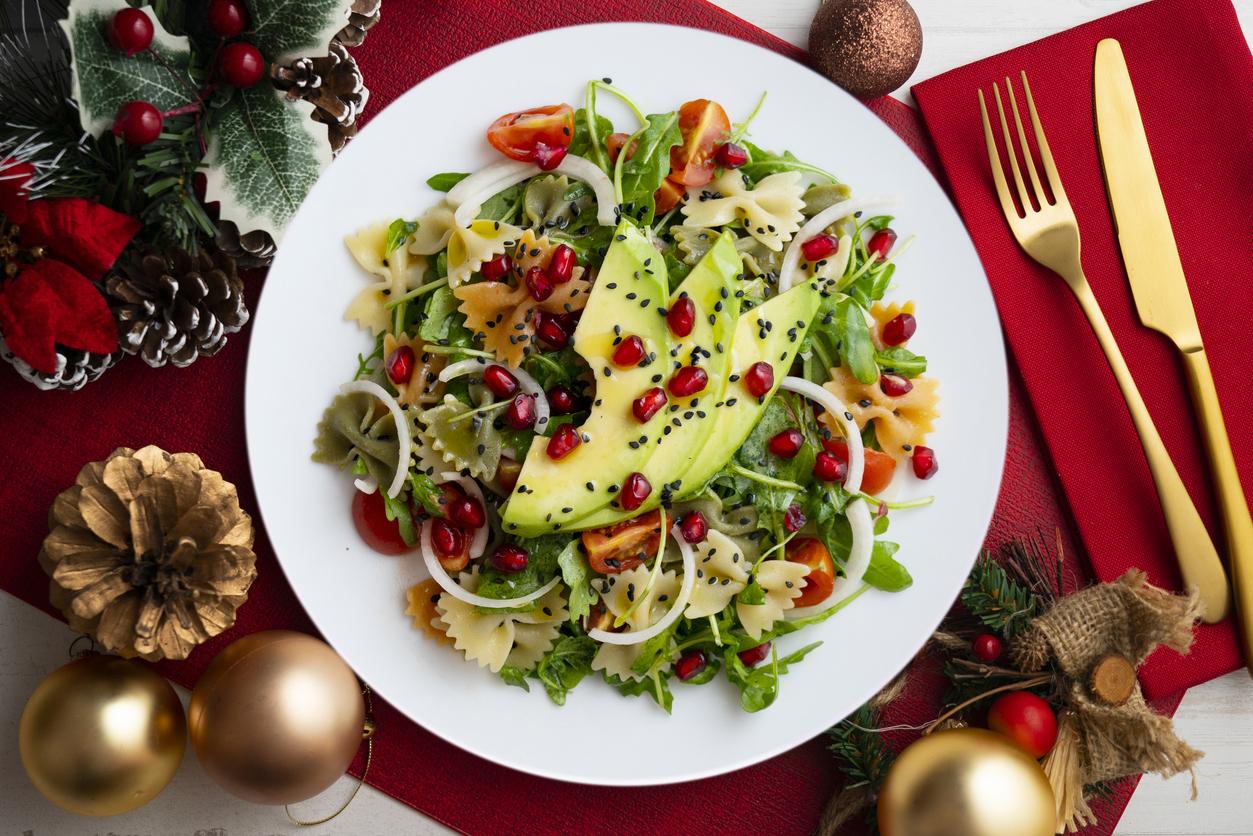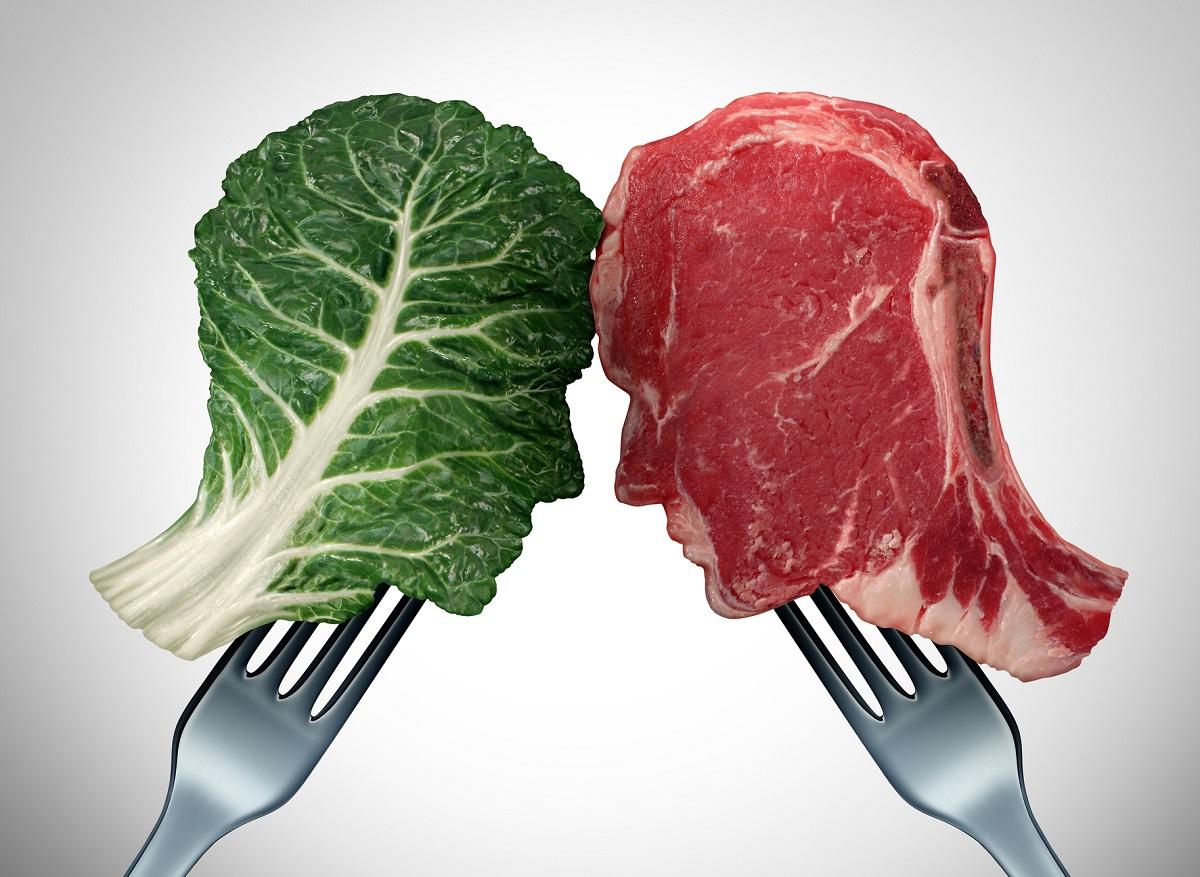A study finds that chocolate, red wine or berries have beneficial effects in preventing type 2 diabetes. Pigments reduce inflammation.

There is nothing absurd about avoiding diabetes by snacking on chocolate or sipping red wine. A study, published this December 20 in the Journal of Nutrition, reveals that these two foods have in common a pigment: anthocyanin. Researchers at the University of East Anglia have shown that there is an association between this component as well as the flavonoids and a reduction in inflammation.
Not just antioxidant properties
Inflammation, when chronic, can lead to diabetes, obesity, cardiovascular disease or cancer. This study looked at the diets of nearly 2,000 healthy British women. They detailed their diet in order to better estimate the daily dose of flavonoids and anthocyanins. They also had blood tests, including looking at inflammation and glucose levels. Thanks to these data, the researchers were also able to deduce the level of insulin resistance, a marker of type 2 diabetes.
“Our study observed the benefits of a diet based on a subgroup of flavonoids,” explains Principal Investigator Prof. Aedin Cassidy. “We were interested in flavones, which are found in herbs and vegetables such as parsley, thyme, celery, and anthocyanins, which are found in berries, red grapes, wine and others. red or blue fruits and vegetables. We already know that the flavonoids present in berries have antioxidant properties. It is therefore possible that they hide other benefits.
Less insulin resistance thanks to grapes
“We have found that women who consume a lot of anthocyanins and flavones have less insulin resistance. High insulin resistance is associated with type 2 diabetes, so we conclude that women who eat foods rich in these compounds – such as berries, herbs, red grapes, and wine – have a lower risk of develop the disease, ”explains Prof. Cassidy. Chocolate, tea or berries would therefore be good for reducing the risk of developing type 2 diabetes. But this is not the only benefit: anthocyanins also help reduce the risk of chronic inflammation when they are very present. in the diet. Flavones, also at a very high level, help regulate blood sugar.
The researchers are enthusiastic but recognize that further studies will be needed. At the moment, it is certain that a high consumption of berries, tea, and other foods containing flavonoids and anthocyanins is beneficial. But researchers do not yet know in what proportions to consume them.
.

















